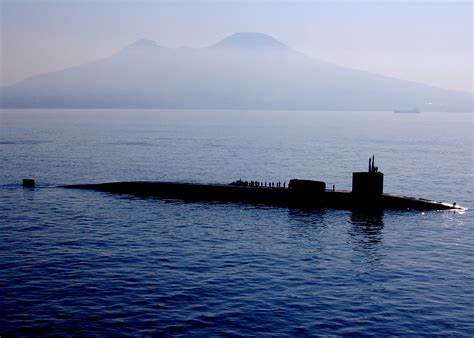
Under the vast and quiet expanse of the ocean, a hidden force operates, carrying the weight of nuclear deterrence on its submerged shoulders.
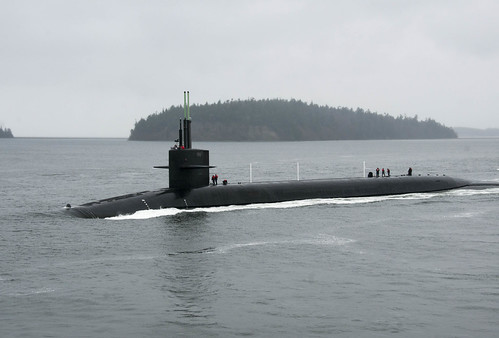
The United States maintains 14 formidable Ohio-class ballistic missile submarines, a testament to their formidable firepower and a key component of the nation’s nuclear triad.
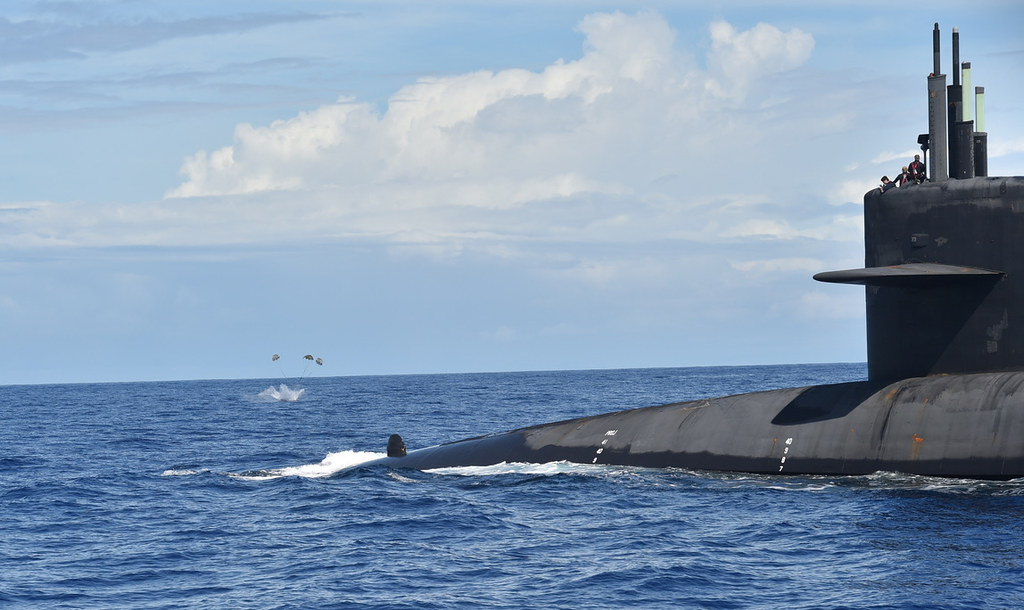
These leviathans of the deep can stay submerged for up to three months, ensuring America’s sea-based nuclear deterrent remains ever-present and invulnerable.
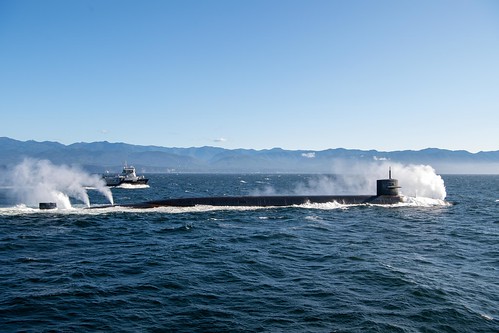
Commander of Submarine Force Pacific, Rear Adm. Blake Converse, sheds light on the intricate ballet of resupply that these vessels undertake: “We don’t need to send them fuel, but sometimes we do need to send them [food], sometimes we do need to get them some parts to keep them at sea.”
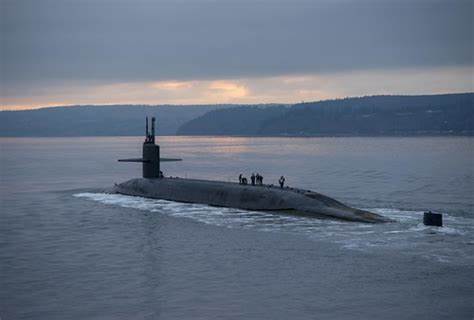
These submarines, which serve alongside land-based intercontinental ballistic missiles and strategic bombers, are the embodiment of the nuclear doctrine of Mutually Assured Destruction (MAD).
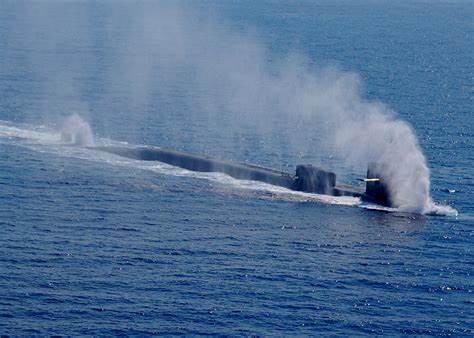
Ensuring that these submarines can stay at sea for extended periods is crucial for maintaining the balance of power in a world where the threat of nuclear conflict, though distant, still casts a long shadow.

To demonstrate America’s capability to sustain its underwater fleet, the U.S. Navy has tested delivering supplies through a range of airborne platforms.
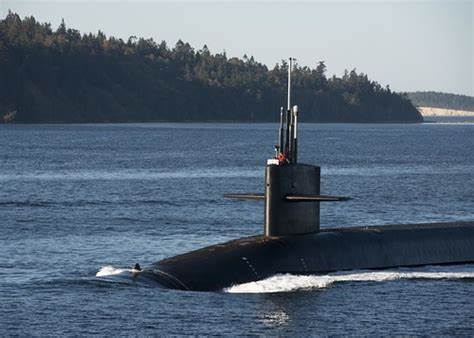
These operations have included a small quad-rotor drone, a MH-60 Seahawk helicopter, an MV-22B Osprey, and even a C-17 Globemaster which executed an airdrop.
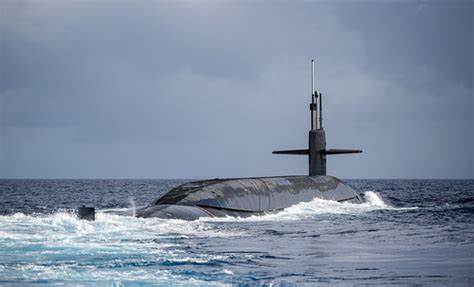
Rear Adm. Converse explains the strategic rationale behind these tests: “That was specifically with our strategic forces, and the purpose of that was to exercise our ability to maintain our ballistic missile submarines at sea and fully ready.”
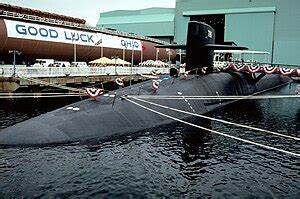
While the resupplying of these behemoths is a marvel of military logistics, the vessels themselves represent an apex of naval engineering.

Powered by nuclear reactors, these submarines capable of generating high-pressured steam to propel themselves through the world’s oceans.
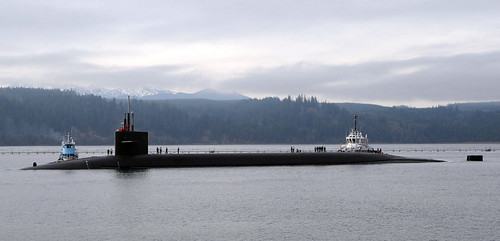
The nuclear-powered submarines’ lineage traces back to 1954 with the launch of the USS Nautilus.
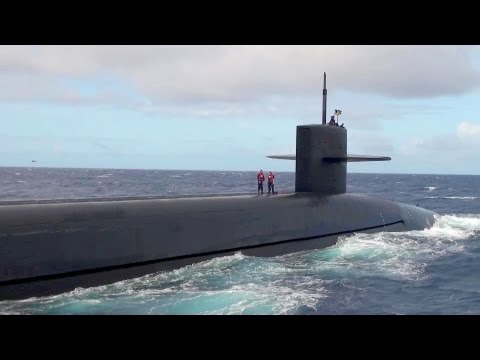
This groundbreaking vessel made history by becoming the first submarine to reach the North Pole in 1958.
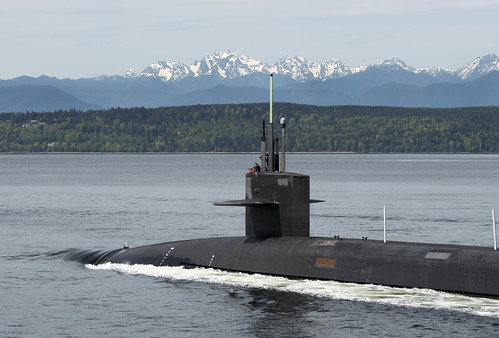
Prior to this innovation, submarines relied on diesel engines and required frequent port visits for refueling.
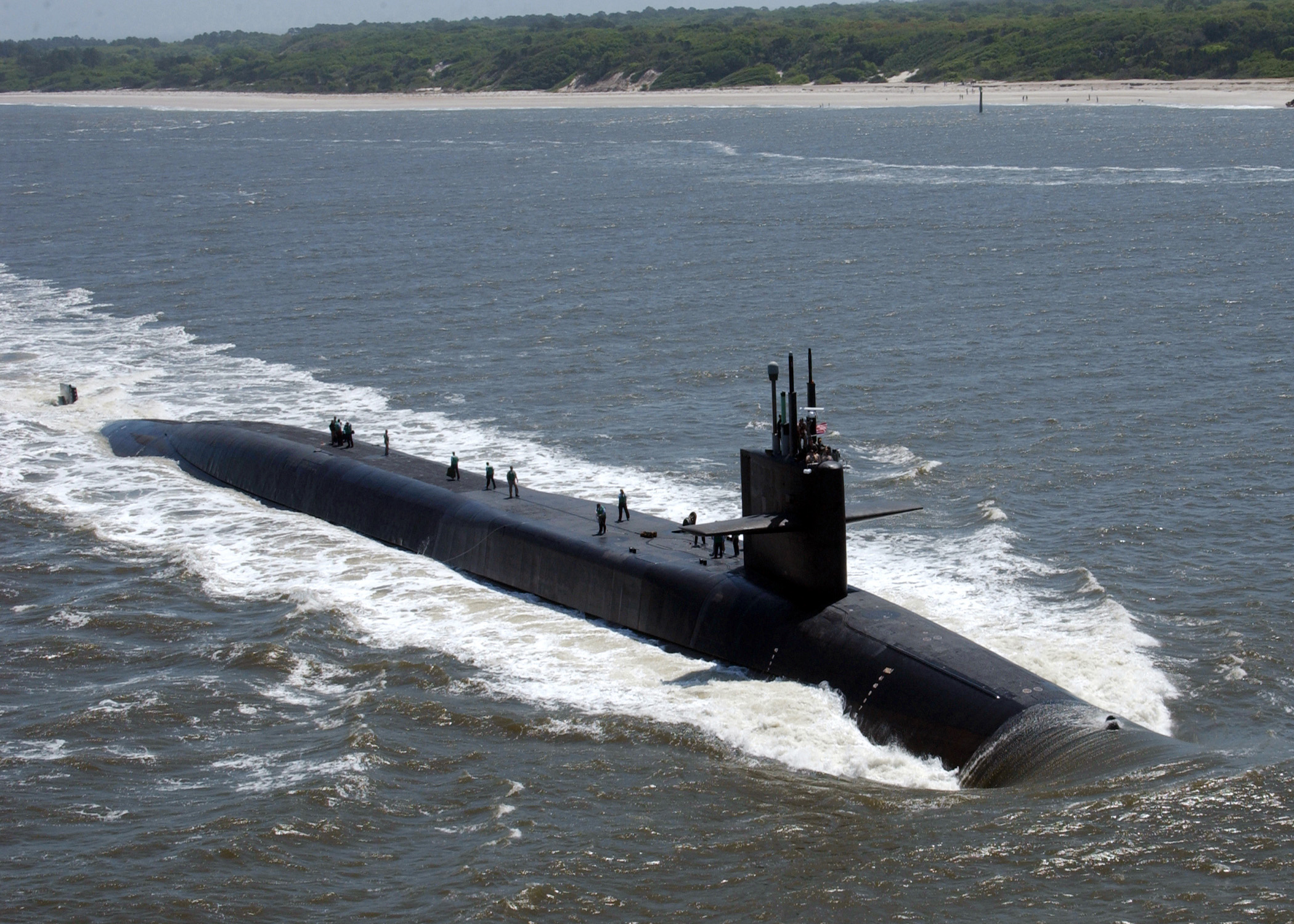
The advent of nuclear power enabled submarines to operate for approximately two decades without refueling, with food supplies being the only limiting factor on their endurance at sea.
Relevant articles:
– How do America’s nuclear submarines get resupplied at sea?, sandboxx.us
– Nuclear Submarines and Aircraft Carriers, U.S. Environmental Protection Agency (.gov)
– Elements of Submarine Operation, United States Navy (.mil)
– World Nuclear Association, World Nuclear Association
